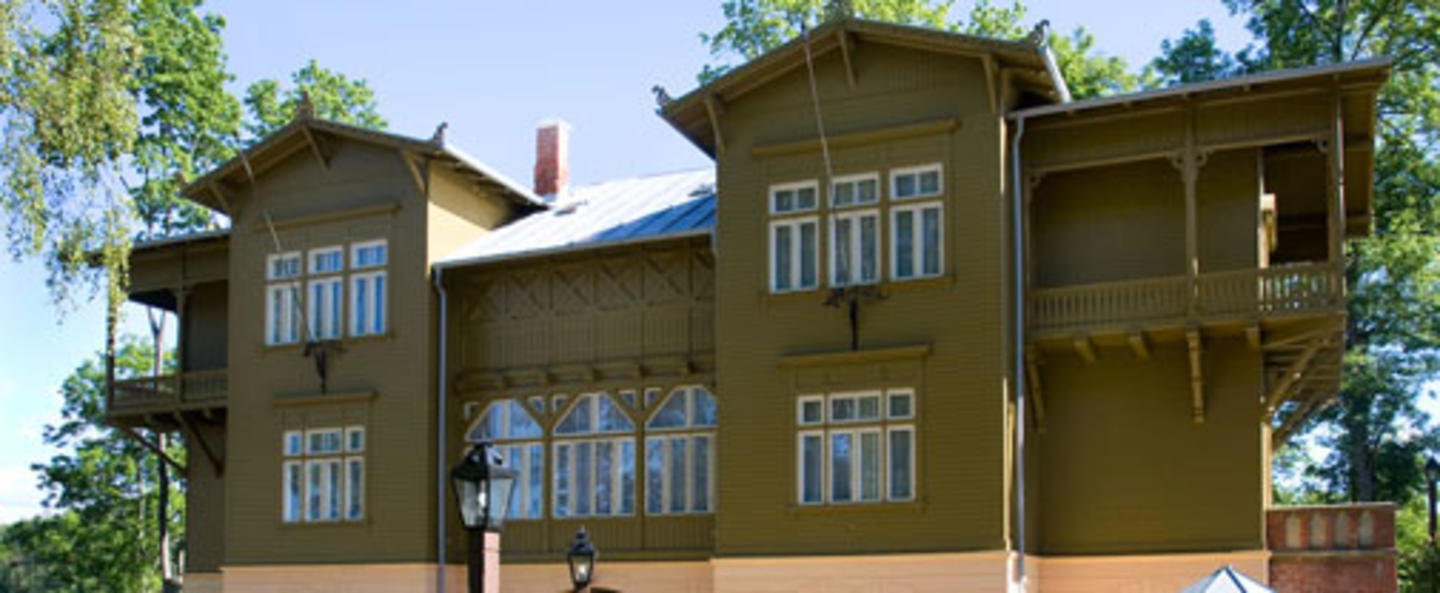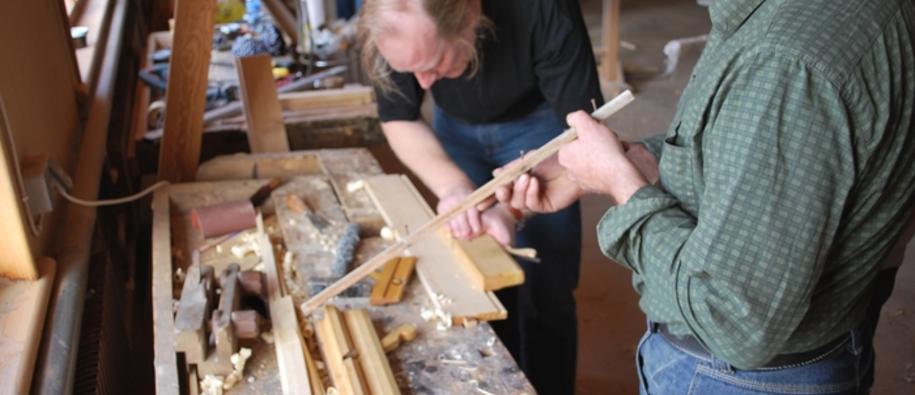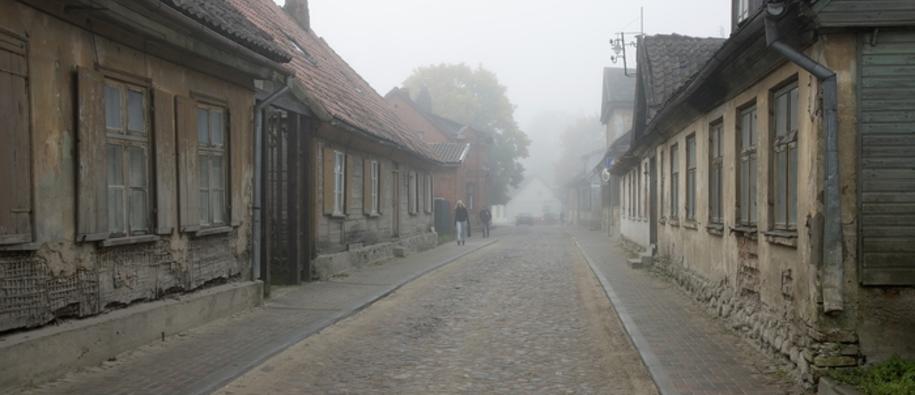For heritage sites to be preserved for future generations, it is necessary to also pass on the practical knowledge of preservation techniques to new generations of craftworkers. Being passed on through training rather than books, these skills are vulnerable and the need to preserve them is pressing. Drøbak, a small town south of Oslo, and Kuldiga in western Latvia face similar challenges in keeping up their knowledge on heritage preservation to properly maintain and preserve the unique wooden buildings in their old towns. Thanks to the international network of the Norwegian Craft Development (NHU), and the Norwegian Embassy in Riga, contact between the two municipalities was established in 2006 to promote training of Latvian craftsmen by Norwegian colleagues facing the same kinds of challenges.
Attitude change towards preservation
“In Drøbak we were witnessing town buildings dating back to 1750 in decay, and realised we had a lot of work to do”, says Thore Vestby, mayor of Frogn municipality, underlining that getting the work done in a proper manner has been just as important as actually getting it done. Though restoration using original techniques can be time-consuming and more expensive, there is much to gain. “The key is to involve the owners as well as the craftworkers, and to emphasise the immaterial value of proper preservation. People become proud of their houses and craftsworkers of their craft”, Vestby says.
Decay in old wooden buildings and lack of traditional handicraft skills became apparent also in Kuldiga, with the District museum as an example of poor restoration. Motivation, on the other hand, has not been lacking. With its unique set of single structure wooden buildings from the 18th and 19th century, the old town was included in 2004 on a tentative list of cultural heritage sites considered for inclusion on the UNESCO World Heritage Site list. According to Annija Sturmane, project specialist of the Kuldiga Development Agency, the restoration of the District Museum and the establishment of the training centre is vital to getting the old town officially listed as a World Heritage Site.
The Kuldiga District Museum is the only museum in the region and one of the biggest in Latvia. It was built for the World Exhibition in Paris in 1900 and subsequently moved to Kuldiga by boat. Due to a lack of maintenance the building was in bad shape before the Norway Grants-financed restoration works started.
New buildings, new jobs
Throughout the project period, the façade of the District Museum’s main building has been restored, as well as an auxiliary building in which the restoration centre is now established. The centre ensures further training of craftworkers and so helps to ensure sustainability and continued cooperation In addition, two new positions have been created at the District Museum, as manager of the restoration centre and restoration consultant.
Five craftworkers from Kuldiga have benefited from theoretical and practical training during annual workshops in Latvia and Norway for craftworkers and restoration experts from Baltic and Nordic countries under guidance of Norwegian restoration experts. While the project is now concluded, these workshops will continue. “Organising such events has become part of the work at the training centre”, Annija Sturmane.says, adding: “In fact, there will be one this summer”.
Partnership beyond the project
Achieving planned results is a sign of success in its own right. But in course of the cooperation between the two municipalities, an unexpected bond has developed, leading to further cooperation in fields beyond cultural heritage preservation.
“It started out with similarities in architectural history and building techniques, but has evolved into a partnership on many levels”, says Stûrmane. Kuldiga municipality mayor Inga Bçrziòa and a local journalist will be guests at the opening of a restoration centre at Follo Museum in Drøbak on 14 April. Later during the same month, a local men’s choir will travel from Norway to Latvia, and plans for Kuldiga culture groups to give performences in Drøbak are in the making. When trying to explain why the project has proven such a success, Stûrmane is quick to reply:”If you meet the right people, this kind of cooperation is not just possible, but very rewarding”.
The project has also helped to start a dialogue with local residents on the importance of preservation of historical heritage. Advice from qualified experts on the use of wood materials and paint has helped facilitate restoration works. There is also the possibility of using the centre premises for some restoration works. “The project helped us find local potential we did not know existed”, Annija Stûrmane says.
Top photo: Anita Zvingule, Kuldiga Distict Museum


